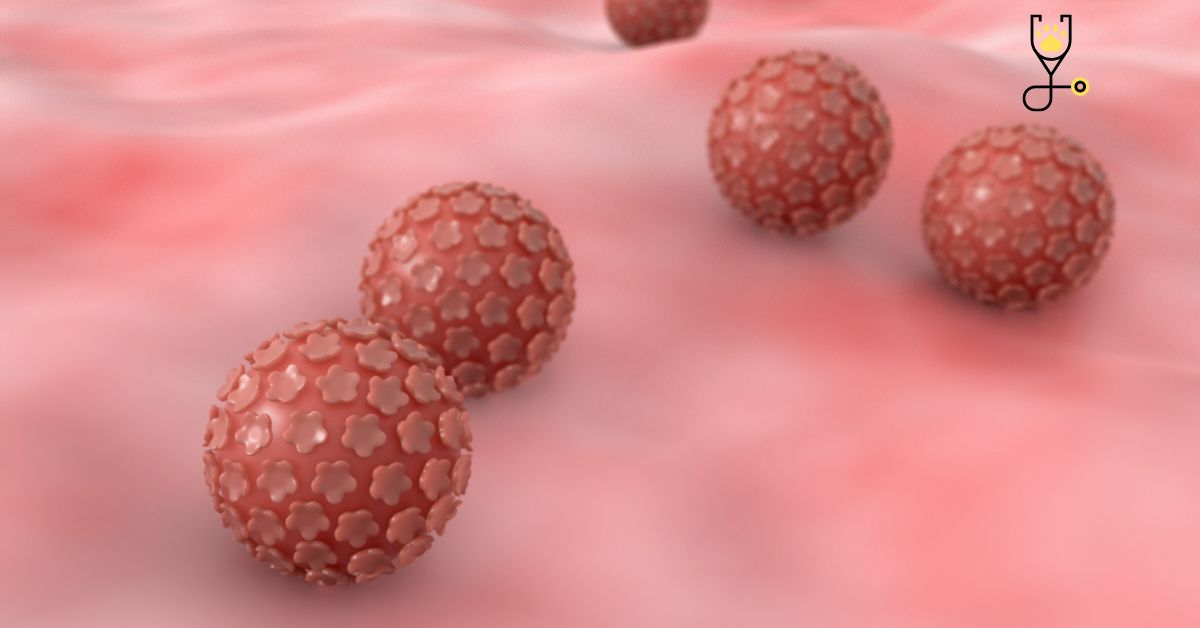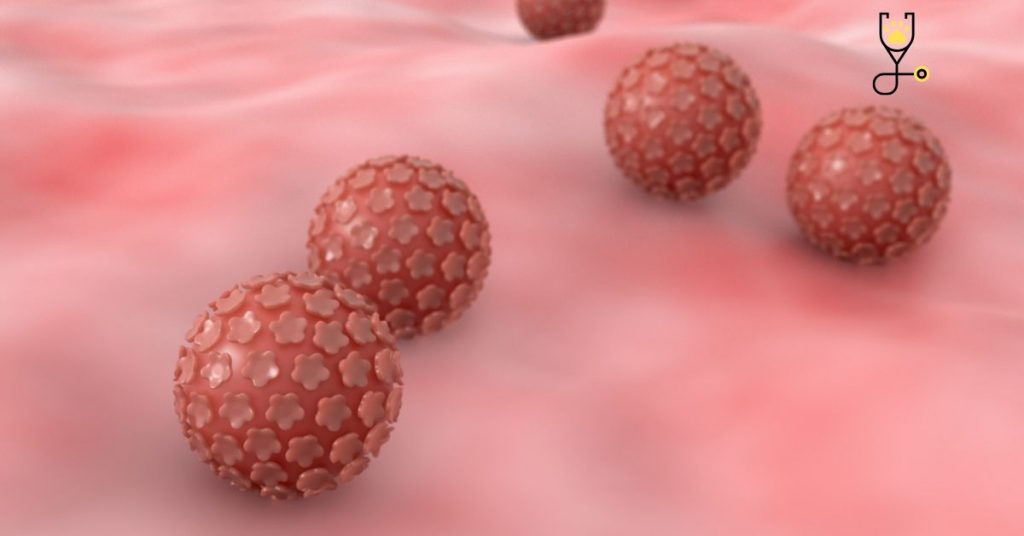Do you love your horse but feel like something is missing in your relationship?
Do they seem itchier than normal or have strange lumps on their skin?
If you answered yes to either of these questions, then your horse may have papillomas! In this blog post, we will explore everything there is to know about papillomas in horses- from symptoms and causes to treatment and prevention. Keep reading to learn more about this common equine condition and how you can help your horse feel their best!
What Is a Papilloma?
A papilloma is a benign (non-cancerous) growth that can occur on the skin or mucous membranes of horses. These growths are caused by infections with certain types of viruses, most commonly the equine papillomavirus (EPV). EPV is highly contagious and can be spread between horses through direct contact with infected mucous membranes or through contact with contaminated objects such as brushes, saddles, or water buckets. Papillomas usually appear as small, round bumps on the horse’s skin. They may be single or multiple and can vary in size from a few millimeters to several centimeters. Papillomas can occur anywhere on the horse’s body but are most commonly found on the head, neck, and under tail.
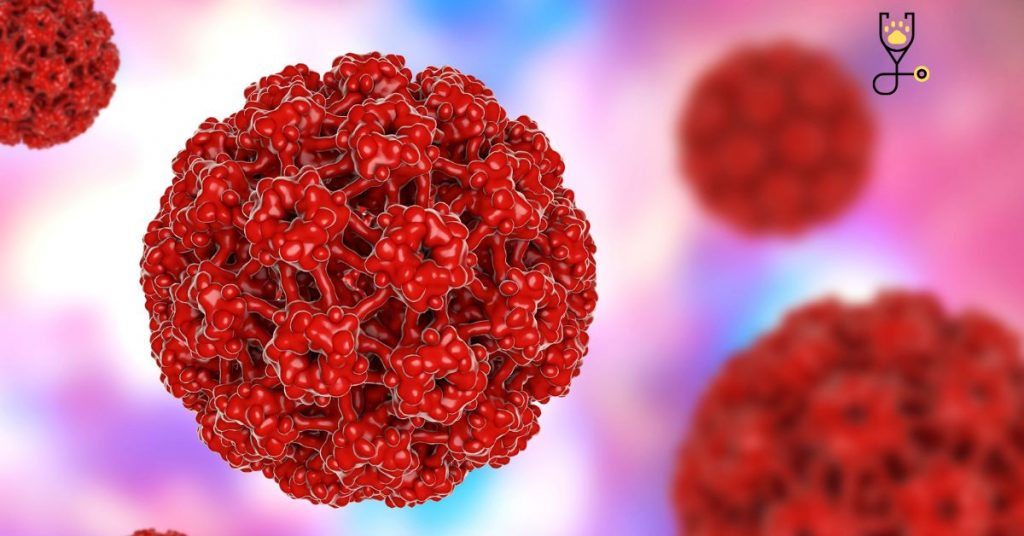
Types of Papillomas in Horses
There are two main types of papillomas that can occur in horses.
1. Cutaneous papillomas: These are the most common type of papilloma and occur on the horse’s skin. Cutaneous papillomas are usually small (less than 1 cm in diameter), round, and have a raised, wart-like appearance.
2. Mucosal papillomas: Mucosal papillomas occur on the mucous membranes of the horse’s respiratory tract, gastrointestinal tract, or reproductive tract. These papillomas are usually larger (1-5 cm in diameter) and have a flat or raised appearance.
Symptoms of Papillomas in Horses
1. One of the most common symptoms of papillomas in horses is the presence of small, round bumps on the skin.
2. Papillomas are usually benign (non-cancerous) growths, but in some cases, they can become cancerous.
3. Papillomas can occur anywhere on the horse’s body but are most commonly found on the head, neck, and under tail.
4. Papillomas are caused by infections with certain types of viruses, most commonly the equine papillomavirus (EPV).
5. EPV is highly contagious and can be spread between horses through direct contact with infected mucous membranes or through contact with contaminated objects such as brushes, saddles, or water buckets.
6. Papillomas usually appear as small, round bumps on the horse’s skin. They may be single or multiple and can vary in size from a few millimeters to several centimeters.
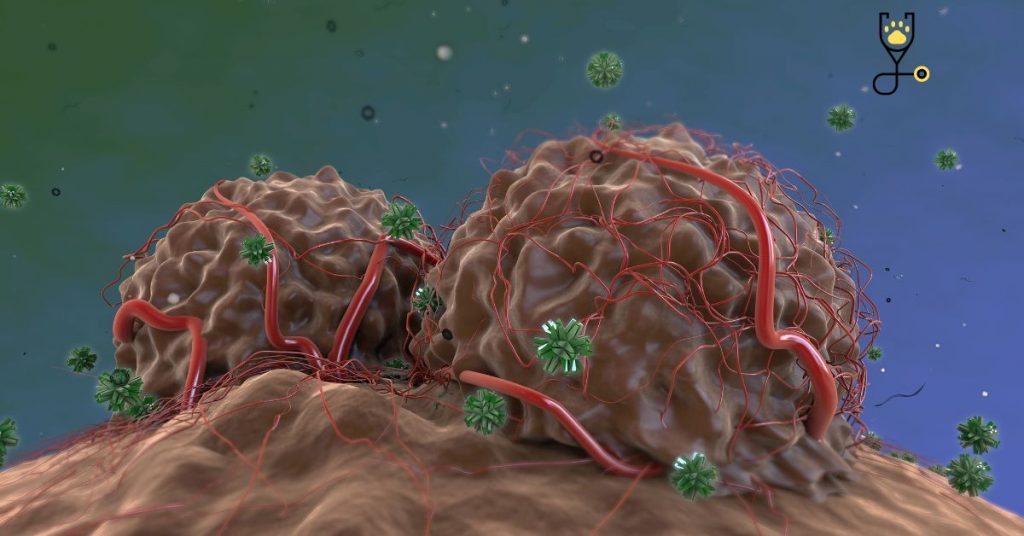
Causes of Papillomas in Horses
1. Papillomas are caused by infections with certain types of viruses, most commonly the equine papillomavirus (EPV).
2. EPV is highly contagious and can be spread between horses through direct contact with infected mucous membranes or through contact with contaminated objects such as brushes, saddles, or water buckets.
3. Papillomas are usually benign (non-cancerous) growths, but in some cases, they can become cancerous.
Treatment of Papillomas in Horses
1. There is no specific treatment for papillomas in horses and most will eventually go away on their own.
2. Papillomas that are causing discomfort or interference with the horse’s vision or respiration may be removed surgically.
3. In some cases, medical therapy may be used to speed up the resolution of papillomas.
4. Papillomas that are cancerous should be treated with surgery and/or radiation therapy.
Preventions of Papillomas in Horses
* Papillomas are caused by infections with certain types of viruses, most commonly the equine papillomavirus (EPV).
* EPV is highly contagious and can be spread between horses through direct contact with infected mucous membranes or through contact with contaminated objects such as
brushes, saddles, or water buckets.
* Papillomas are usually benign (non-cancerous) growths, but in some cases, they can become cancerous.
* There is no specific treatment for papillomas in horses and most will eventually go away on their own.
* Papillomas that are causing discomfort or interference with the horse’s vision or respiration may be removed surgically.
* In some cases, medical therapy may be used to speed up the resolution of papillomas.
* Papillomas that are cancerous should be treated with surgery and/or radiation therapy.
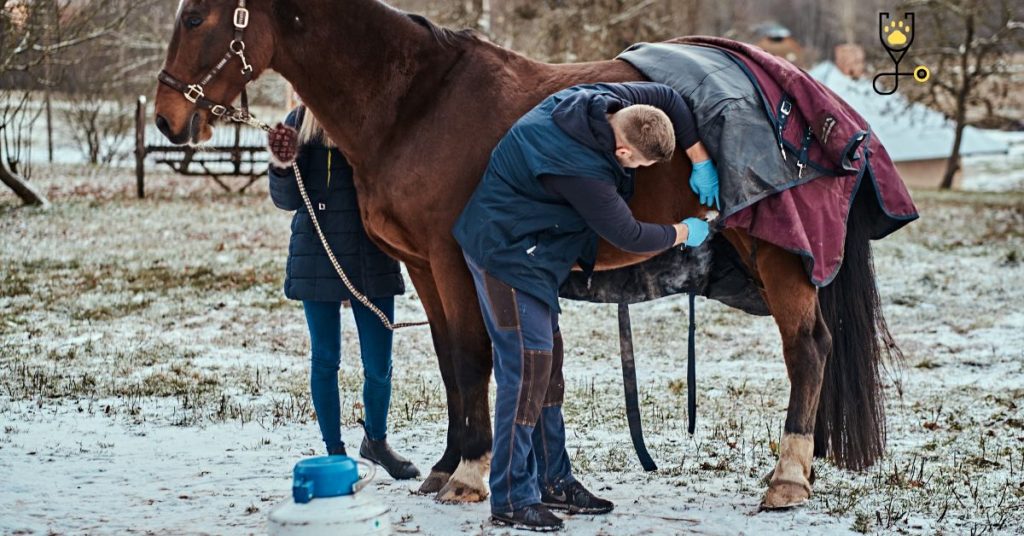
Prognosis Of Papillomas in Horses
The prognosis for horses with papillomas is generally good. Most papillomas will resolve on their own within 6-12 months. However, some papillomas can become cancerous and may require treatment.
Conclusion
Papillomas are growths that can occur on the skin or mucous membranes of horses. They are usually benign (non-cancerous) but can sometimes become cancerous. There is no specific treatment for papillomas and most will resolve on their own. However, some papillomas may require surgery or other medical treatment.
Frequently Asked Questions
1. What are papillomas?
Papillomas are growths that can occur on the skin or mucous membranes of horses. They are usually benign (non-cancerous) but can sometimes become cancerous.
2. What causes papillomas?
Papillomas are caused by infections with certain types of viruses, most commonly the equine papillomavirus (EPV). EPV is highly contagious and can be spread between horses through direct contact with infected mucous membranes or through contact with contaminated objects such as brushes, saddles, or water buckets.
3. How are papillomas treated?
There is no specific treatment for papillomas in horses and most will eventually go away on their own. Papillomas that are causing discomfort or interference with the horse’s vision or respiration may be removed surgically. In some cases, medical therapy may be used to speed up the resolution of papillomas. Papillomas that are cancerous should be treated with surgery and/or radiation therapy.
4. What is the prognosis for horses with papillomas?
The prognosis for horses with papillomas is generally good. Most papillomas will resolve on their own within 6-12 months. However, some papillomas can become cancerous and may require treatment.
5. Can papillomas be prevented?
Papillomas can be prevented by avoiding contact with infected horses and contaminated objects. Horses should also be vaccinated against EPV.
